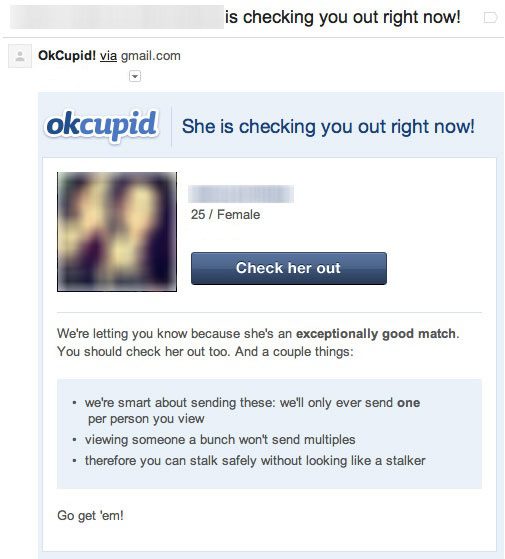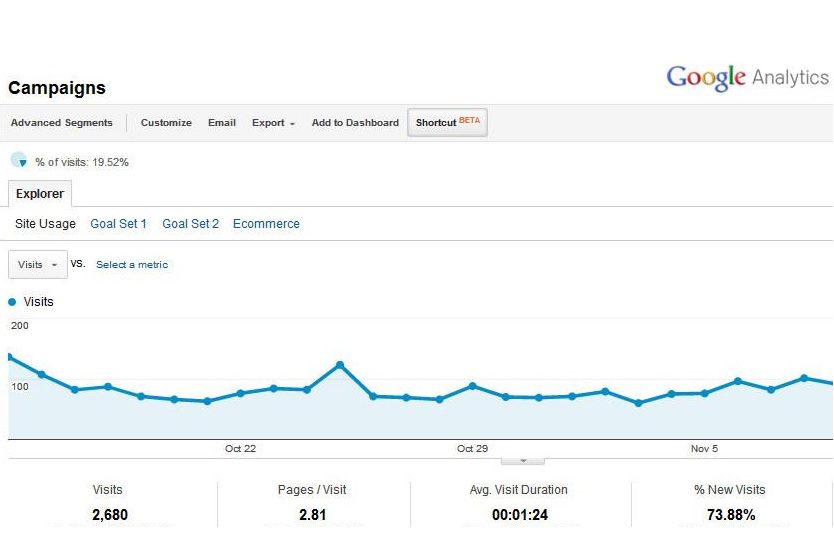Creating an email campaign? 5 tools to check out
Sending out an email campaign is a task that can be accomplished easily and quickly by following a few simple steps: creating content, choosing a simple design and clicking the “Send” button. But if you want to make the most out of your campaigns, that won’t be enough for you.
At ActiveTrail we want to help you produce a campaign that is not only easy to create, but also takes your marketing to a more advanced level and gives you an edge over the competition. We accomplish these goals by providing an array of tools, free of charge, via our system which will take any “okay” campaign and turn it into an inspiring one that you can take pride in.
1. Triggers system
Internet marketing doesn’t have to be a passive marketing approach that constantly relies on your input. Our triggers system creates an active campaign that responds automatically to your users’ actions, thereby providing a continuous campaign that doesn’t require your input on a daily basis. Create triggers that react to your clients’ actions by sending them addition content or moving them from one recipient list to another.
For example, use a trigger that reacts to any client making a purchase on your website by sending out a “Thank You” email or by moving that client to a VIP recipient list. Create triggers that acknowledge a user’s interest in a certain product on your site by sending him information about that product to his inbox.
Triggers offer endless possibilities and your imagination is the only limit. Forrester Research discovered that an internet campaign based on triggers will create 4 times as much revenue and up to 18 times as much income.
A good example of an actual use of the triggers system is brought to us by okcupid, an online dating website. They specified that when one user is checking out another, the system automatically sends out a message letting him/her know that someone has shown interest.
Advantages of the trigger system:
• Trust – getting your customers to trust you is the key to successful online marketing. By responding to their actions and sending content that is relevant specifically to them, you are establishing that desired trust with your clients.
• Relevance – if you want to stand out you have to make sure your content is always relevant to your clients or they’ll lose interest in you. Trigger responsive marketing gives your users the feeling that each email was created especially for them.
• Competition – your competition may not have access to a triggers system. use the system to your advantage and give yourself an edge over your competitors.
• Boost your profits – using a triggers system you can follow up on any action your clients make, integrating multiple campaigns, to make sure no selling opportunity goes unexploited.
Think of the triggers system as a dialogue between your clients and your business that happens automatically and doesn’t require any work from you.
2. AB testing
Few people have the advantage of being born with the ability to always know what will catch their clients’ attention and which designs will have the best success. For the rest of us – there’s AB testing.
AB testing is a tool that allows you to send out similar campaigns that differ only in one or two parameters. By analyzing the results from these campaigns you can tell which design got the job done and go with that one in the future.
For example this website, marketing closets, came up with these two designs:
Experts will tell you that version B is better, but AB testing gets us the facts and the facts are that version A did the job better, increasing the click rate by 115%.
Advantages of AB testing:
• No additional expenses – although you need to create two different campaigns, the modifications are minor so they don’t require much work. To save time, just divide your recipient list into two equal lists and start marketing.
• Easy analysis – our system does the hard work for you and displays the results of your AB testing in an easy to understand presentation. Compare click percentage, unsubscribes and opening percentages to decide which design works best.
• Get to know your clients – AB testing may not actually let you know what your customers are thinking but it will get you pretty close. By carefully analyzing the results, you can get a pretty clear idea of what your recipients find to their liking and contrarily, which designs will increase the unsubscribe rate.
Remember: the most important factor in any campaign is the client’s satisfaction so no matter how much time you spend on your campaign, the customer’s reaction is always what dictates the results.
3. Google Analytics integration
The most important set of tools when creating a new internet campaign is the analytical tools set. Analytical tools help you learn everything you can from your past campaigns so you can study your mistakes and optimize every aspect of your campaign.
There are many analytical tools available on the market, but Google Analytics is without a doubt the leader in the field. The email marketing system allows you to follow up on various statistics such as click rates, unsubscribe rates and the number of new users, but why not use a simple system which gathers all that information together and also provides a thorough analysis?
Advantages of Google Analytics integration:
• Centralization – using Google Analytics means having all your data and statistics in one place. You can easily access any piece of information you need and instantly compare it to any other statistic from any period of time.
• Optimization – using top-notch analytical tools gives you the best idea of which campaigns got the job done, giving you all the information you need to create your next campaign. Each campaign you create will be a little better than the previous one, as you keep gathering more information about your clients.
• Big brother – use the system’s capabilities to your advantage. The system constantly gathers information about your clients which can be used to improve your services and increase your profits. Only by using analytical tools can you process so much information and get the best out of your internet marketing.
4. Active management of recipient lists
Different clients have different interests, so why should they get the same content from you? Create different recipient lists to make sure each customer gets only the content that is relevant to him/her by analyzing past behavior such as purchases and clicks.
Marketing a family vacation? Send the campaign only to customers who have specified that they have a family. Don’t waste your resources on singles who have no reason to be interested. On the other hand, if you’re trying to advertise an online dating service, make sure to only send it out to your “singles” recipient list.
Each client can appear on a number of different recipient lists so that you can divide your clients up in any method that fits your marketing needs. Use questions on the sign up form to automatically sort your clients as they sign up and waste no time.
Advantages of active management of recipient lists:
• Individual attention – make sure each recipient only gets the content that is relevant to him/her to keep your customers thinking you care about each and every one of them individually and that the services and products that you have to offer are always relevant to them.
• Remove unreactive recipients – many recipients don’t bother to click the unsubscribe button but just stop opening emails that they find irrelevant. Email providers will mark your emails as spam if a recipient hasn’t opened a few of them and this can hurt your reputation.
• Special events – use special dates and events to focus your internet marketing and increase your income. Holidays are best if you know how to use them to your advantage.
5. Social network integration
Social networks are great platforms for marketing, especially when used in combination with a good email marketing plan. Direct your clients to your pages in the various social networks to increase their exposure to your products and services.
You can design the links any way you like and don’t have to stick to the designs offered by the social networks themselves.
For example, “New Look” sent out an email campaign inviting users to visit its various social networking channels:
Advantages of social network integration:
• Community – you know your clients and they know you so why shouldn’t they know each other? By directing them to social networks you’re giving your clients a chance to share their experiences with each other.
• Sharing – adding a “Share” button to your content opens up opportunities for new leads. Use your existing clients to acquire new ones.
• Connect with your clients – using social networks is the best way to connect with your clients and give them the feeling that they can reach you if they have an issue.
Almost all the information on the internet is somehow connected to a social network. Using social networks alongside an email marketing system will take your internet marketing to a whole new level.
To sum things up
You can choose to see internet marketing as a job that you just have to get done, or you can make the best out of it and you might find that you also had some fun on the way. These five tools will make your job easier and more effective while taking your internet marketing to a whole new level
.
.





















